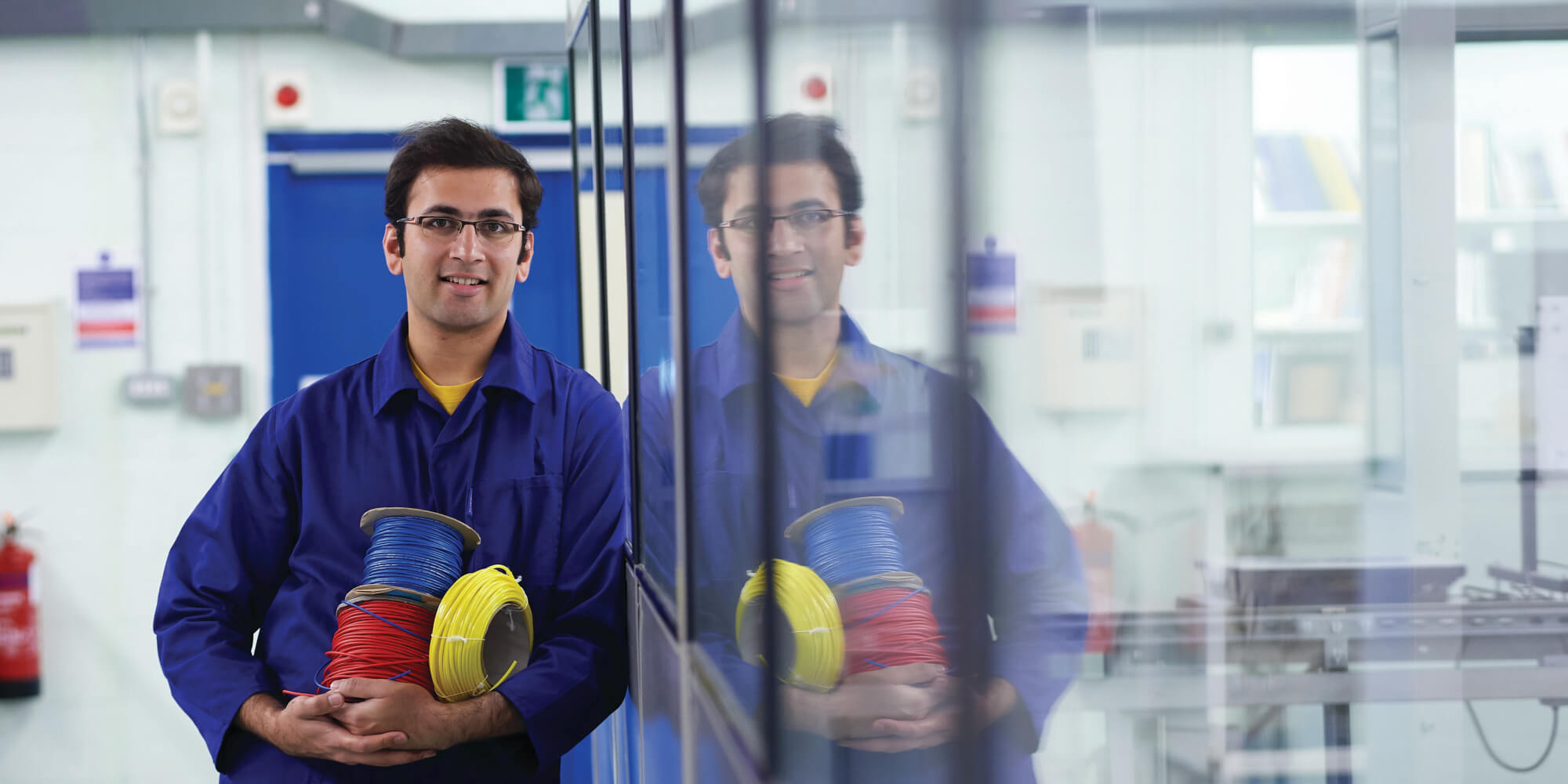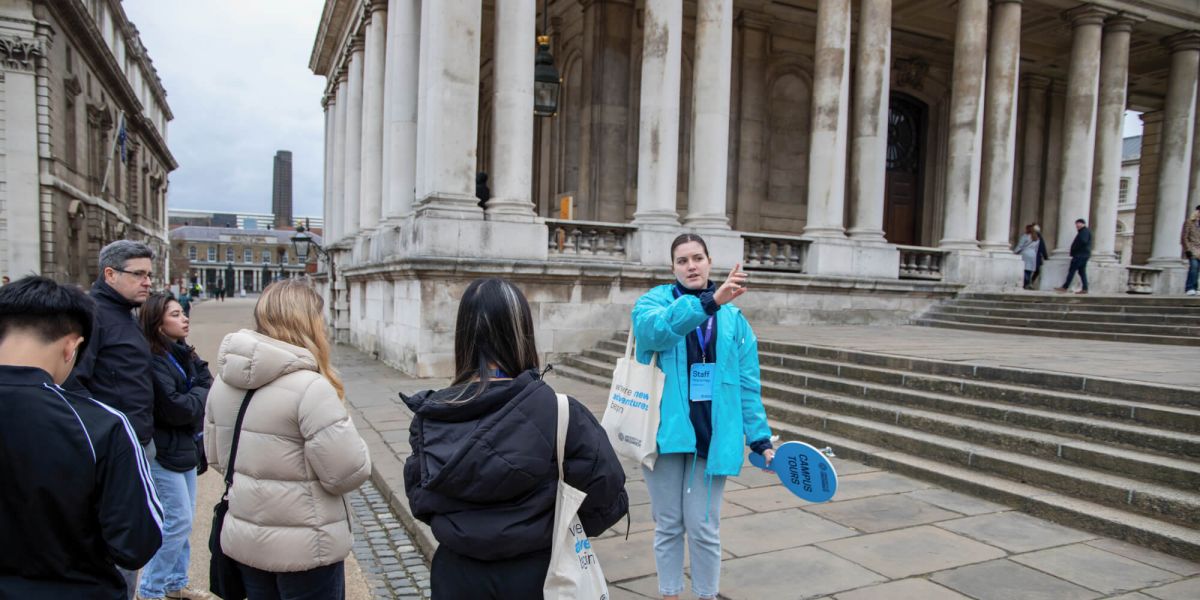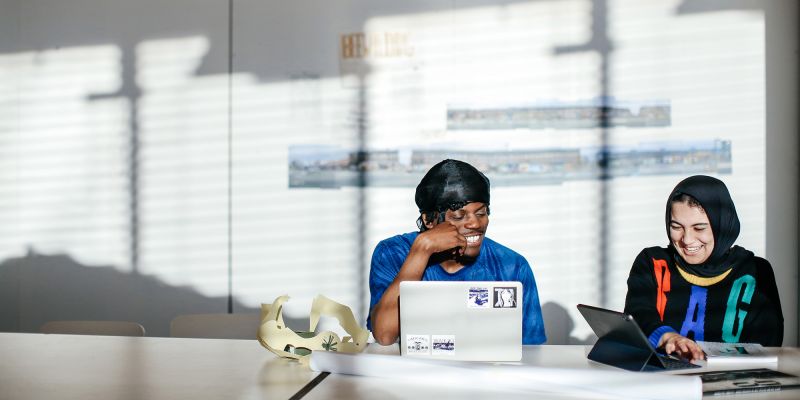Seeing a pattern
Leonardo Da Vinci, Sir Jony Ive and Dir James Dyson all have one important thing in common: Engineering. Leonardo Da Vinci conceived ideas for helicopters, parachutes, weaponry and more during the Renaissance; Sir Jony Ive is an industrial designer, creating the first iPhones, Macs and more for company Apple, while design engineer and inventor Sir James Dyson created the first bagless vacuum cleaner, which has revolutionised this technology. In all of these instances, these engineers looked forwards to envision the products that would meet the needs of the future and shape society for the better.
Engineering has been around for a long time. In the Stone Age, whole societies were built around flint, with specific roles being designated for mining the material, working it, and using it. Now in the Intelligence Age, we can see advancements in recent technology when we look at mobile phones. The first mobile phones were large, clunky and had limited battery life, so were inconvenient to transport and were also very costly. A few decades later, and mobile phones have become very different products. They are cheaper; much more portable; have longer battery life, and can be used to take photographs, access the Internet and more. But is there a pattern to innovation? Can we predict where advancements in technology will take us next?
It's all in the S curve
One way engineers can make predictions is by looking at patterns using an S curve. An S curve is a graph that represents the growth of a product, which might start off strong but will eventually trail off. This is because a product cannot be pushed beyond its physical or intellectual limits – this is known as carrying capacity. At some point, there needs to be a completely new product, a breakthrough in the technology. So, as well as supporting existing products, engineers are also pivotal in exploring new ideas and being the innovators behind them.
Engineering is everywhere
Engineered products are everywhere, from everyday devices and household items to buildings and infrastructure to aeroplanes and rockets. All of these products demonstrate the crucial role of engineers in society.
For this reason, the University of Greenwich aims to develop more than just students’ engineering skills. In the extensive engineering facilities on the Medway Campus that include specialist laboratories, workshop areas, 3D printing and CNC machining facilities and more, the School of Engineering supports students to be the people who will shape the future. There is a real emphasis on students becoming confident, enthusiastic and competent engineers with their own creative visions and the business acumen to believe in those visions and sell them. Students will also receive plenty of opportunities to develop the professional skills that they will need to thrive in any workplace.
At the Medway Campus, the School of Engineering offers a broad range of engineering courses, meaning there is something for everyone, from Civil to Mechanical, Electrical and Electronic to Computer Engineering, and even Engineering Management.




